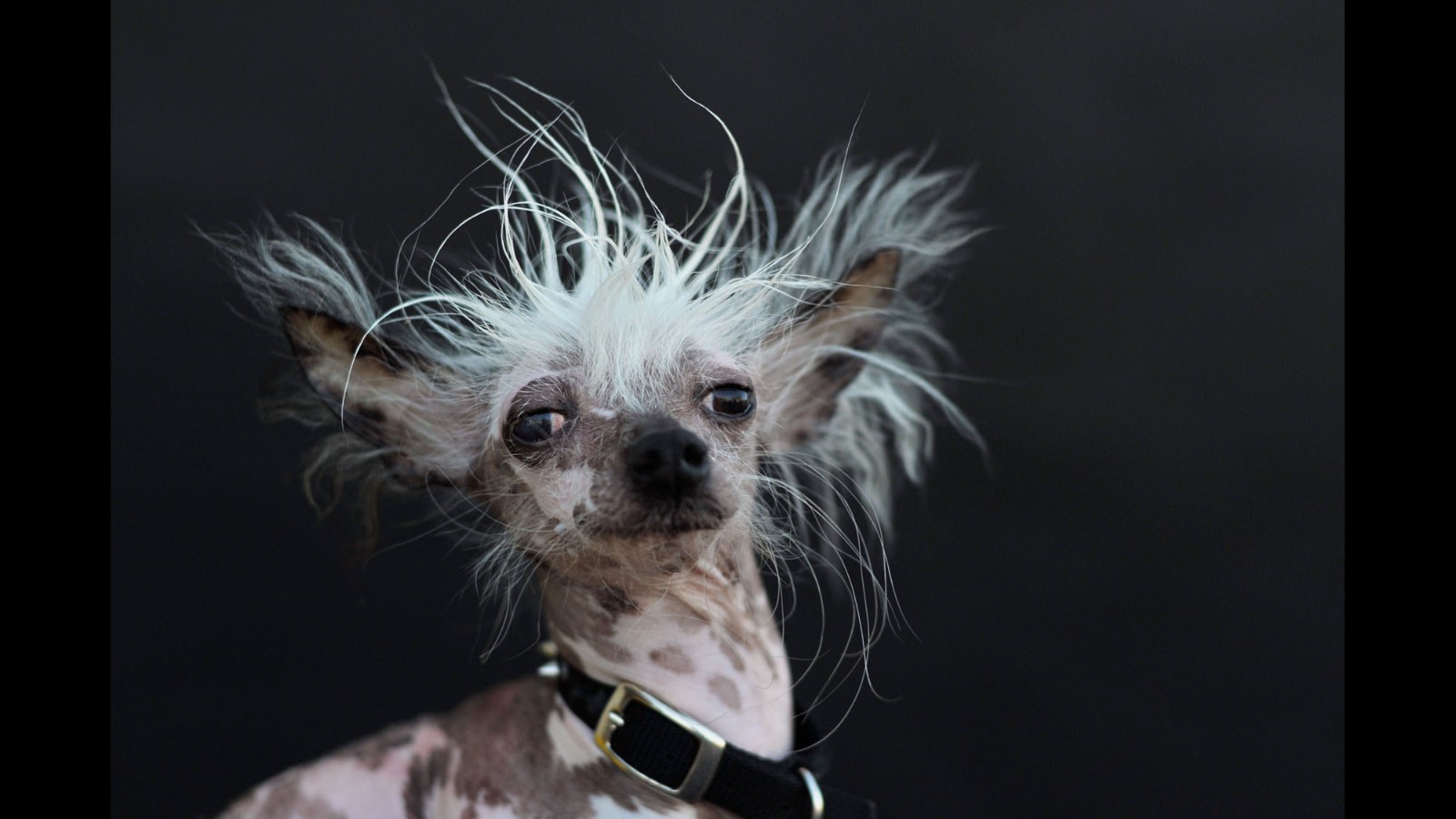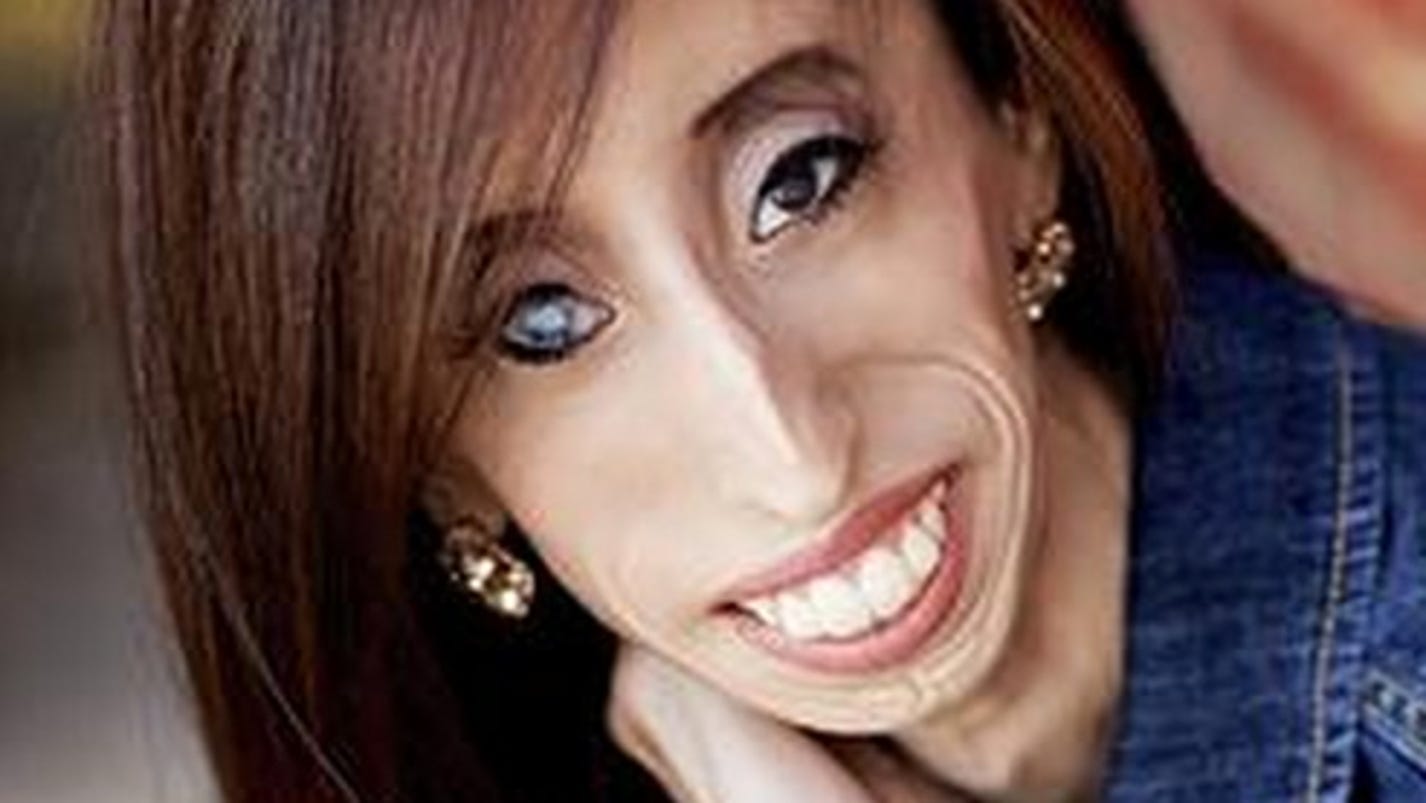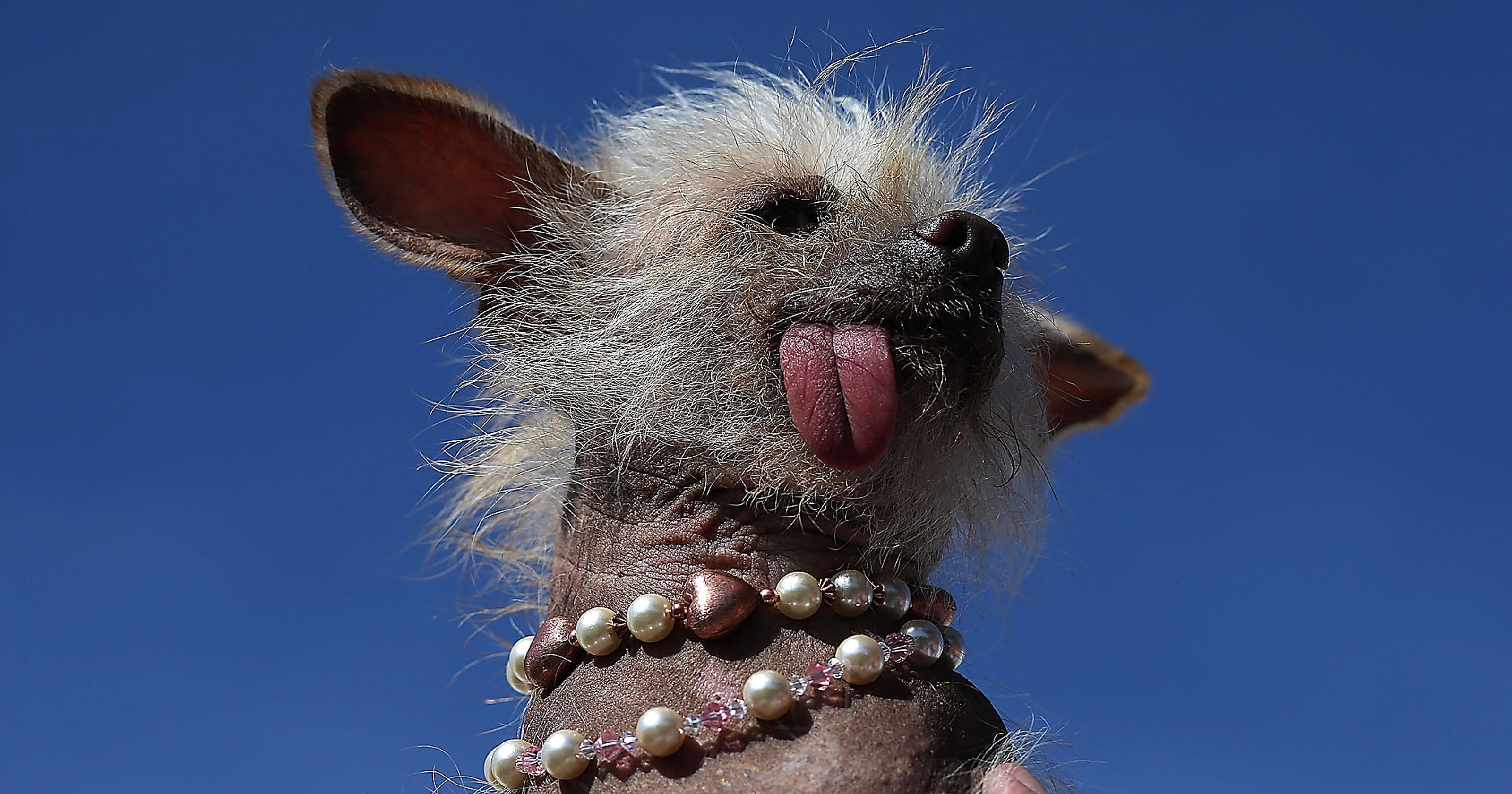Ever wondered who the ugliest person in the world might be? Hold up tho, before we dive headfirst into this controversial topic, let’s take a sec to rethink how we define beauty and ugliness. It’s not just about physical appearance, right? There’s so much more to a person than what meets the eye. But hey, if you’re here, it means you’re curious, and curiosity never killed anyone… well, except maybe that one cat. So, buckle up as we unpack this heavy question together.
Now, before you start thinking this is gonna be some shallow, appearance-based rant, let’s get real. The concept of “ugly” or “beautiful” is way deeper than just skin-deep. It’s a mix of societal standards, personal biases, and sometimes even plain old ignorance. And trust me, this isn’t about naming names or pointing fingers. It’s about understanding why we even ask such questions in the first place.
So, if you’re ready to dig into the nitty-gritty of what makes someone “ugly” or “beautiful,” stick around. We’re gonna explore everything from biology to psychology, cultural norms to human quirks. By the end of this, you’ll probably realize that the question itself is more complicated than you ever imagined. Let’s go!
Understanding the Concept of Ugliness
Let’s start with the basics. What exactly do we mean when we say someone is “ugly”? Is it just about facial features, or does it go beyond that? In many cultures, physical appearance plays a big role in how people are perceived. But here’s the kicker—what’s considered “ugly” in one culture might be seen as totally normal or even attractive in another.
What Makes Someone Ugly?
There’s no universal standard for ugliness. Some might argue it’s about symmetry—or lack thereof—in facial features. Others might say it’s about skin tone, body shape, or even personality traits. But honestly, it’s all subjective. For example, a person with acne might feel self-conscious in one society, while in another, it might be seen as a sign of youth and vitality. See what I mean?
And let’s not forget the role of media. Social media platforms, movies, and magazines have a huge influence on how we perceive beauty and ugliness. They set unrealistic standards that make it hard for people to feel good about themselves. But hey, at the end of the day, beauty—and ugliness—are all in the eye of the beholder.
Is There Really an Ugliest Person in the World?
Now, here’s the million-dollar question: Is there really a single person who can be labeled as the “ugliest” human on the planet? Spoiler alert: No, there isn’t. And here’s why. First off, beauty and ugliness are subjective concepts. What one person finds unattractive, another might adore. It’s all about perspective.
Breaking Down the Myth
Let’s break it down further. The idea of the “ugliest person in the world” is often fueled by clickbait articles and sensationalized headlines. These stories prey on people’s insecurities and curiosity, but they rarely have any factual basis. In reality, labeling someone as the “ugliest” is not only unfair but also harmful. It perpetuates negative stereotypes and reinforces toxic beauty standards.
Take, for instance, the story of Lizzie Velasquez, a woman who was once labeled as the “world’s ugliest woman” due to a rare condition called neonatal progeroid syndrome. Instead of letting the label define her, Lizzie turned it into a platform for self-acceptance and body positivity. Her story is a powerful reminder that true beauty comes from within.
The Science Behind Perception
Now, let’s dive into the science of it all. Why do we find certain traits attractive or unattractive? Turns out, it’s all about evolution. Humans are wired to prefer symmetrical faces because they’re often associated with good health and fertility. But here’s the thing—symmetry isn’t the only factor. Cultural, social, and individual preferences also play a huge role.
Evolutionary Psychology and Ugliness
From an evolutionary standpoint, humans tend to avoid traits that might indicate poor health or genetic abnormalities. This is why some physical imperfections might be perceived as “ugly.” But again, it’s not a hard-and-fast rule. What’s considered unattractive in one era might become trendy in another. Think about facial piercings or tattoos—once taboo, now mainstream.
And let’s not forget the role of context. A person’s environment, upbringing, and experiences all shape how they perceive beauty and ugliness. So, the next time you find yourself judging someone’s appearance, take a step back and ask yourself why you feel that way.
Ugliness in Different Cultures
Cultural differences play a huge role in how we perceive beauty and ugliness. In some societies, fuller figures are celebrated, while in others, being slim is the ideal. Similarly, certain facial features that might be considered unattractive in one culture could be seen as desirable in another. It’s all about context and perspective.
Case Studies from Around the World
Let’s look at some examples. In many African cultures, scarification is seen as a mark of beauty and strength. In contrast, Western societies often view scars as flaws. Similarly, in some Asian cultures, fair skin is prized, while in other parts of the world, tanned skin is considered more attractive. See how diverse these perspectives can be?
And here’s another fun fact: In some indigenous communities, elongated necks or stretched earlobes are seen as symbols of beauty. To outsiders, these traits might seem unusual or even unattractive, but within those cultures, they’re celebrated as signs of status and beauty.
The Impact of Social Media
Social media has completely transformed the way we perceive beauty and ugliness. Platforms like Instagram, TikTok, and Twitter are filled with images of “perfect” people, setting unrealistic standards for everyone else. But here’s the thing—most of those pictures are heavily edited. Filters, lighting, and photo manipulation make it hard to distinguish reality from fantasy.
How Social Media Shapes Our Views
Research shows that constant exposure to idealized images can lead to body dissatisfaction and low self-esteem. People start comparing themselves to influencers and celebrities, forgetting that what they see online isn’t always real. It’s like comparing your behind-the-scenes life to someone else’s highlight reel. Not fair, right?
But here’s the good news—more and more people are speaking out against these unrealistic standards. Movements like body positivity and self-acceptance are gaining traction, encouraging individuals to embrace their unique qualities rather than conforming to societal norms.
The Psychological Effects of Being Labeled “Ugly”
Being labeled as “ugly” can have devastating effects on a person’s mental health. It can lead to anxiety, depression, and even social isolation. Studies show that people who feel unattractive are more likely to experience low self-esteem and struggle with relationships. But here’s the kicker—it’s not just about physical appearance. Often, it’s about how others perceive and treat them.
Breaking the Stigma
So, how do we break the stigma surrounding ugliness? First, we need to shift the focus from physical appearance to inner qualities like kindness, intelligence, and empathy. Second, we need to educate people about the dangers of labeling and stereotyping. And finally, we need to promote inclusivity and diversity in all forms of media.
Think about it—when was the last time you complimented someone for their kindness or sense of humor? Probably not as often as you complimented their looks. By shifting our priorities, we can create a more accepting and compassionate society.
Real Stories of Overcoming Ugliness Labels
Let’s talk about some real-life stories of people who’ve overcome the stigma of being labeled “ugly.” These individuals have turned their struggles into triumphs, inspiring others to embrace their uniqueness. From Lizzie Velasquez to Alok Vaid-Menon, these trailblazers are proof that true beauty comes from within.
Lessons We Can Learn
What can we learn from these stories? First, that labels are just that—labels. They don’t define who we are or what we’re capable of. Second, that self-acceptance is key to living a fulfilling life. And finally, that by embracing our differences, we can create a world where everyone feels seen and valued.
So, the next time you catch yourself judging someone based on their appearance, stop and think. Is that really who they are? Or is it just your own biases clouding your judgment?
Conclusion: Redefining Beauty and Ugliness
In conclusion, the question “Who is the ugliest human in the world?” is far more complex than it seems. Beauty and ugliness are subjective concepts shaped by culture, society, and individual experiences. While physical appearance plays a role, it’s not the only factor. True beauty lies in our inner qualities—our kindness, empathy, and resilience.
So, let’s stop obsessing over superficial standards and start celebrating what makes us unique. Instead of labeling people as “beautiful” or “ugly,” let’s focus on what truly matters. And remember, the next time you’re scrolling through social media, take everything you see with a grain of salt. It’s not always reality.
Now, it’s your turn. Share your thoughts in the comments below. Do you think beauty and ugliness are subjective? Or do you believe in universal standards? Let’s start a conversation and keep the dialogue going!
Table of Contents
- Understanding the Concept of Ugliness
- Is There Really an Ugliest Person in the World?
- The Science Behind Perception
- Ugliness in Different Cultures
- The Impact of Social Media
- The Psychological Effects of Being Labeled “Ugly”
- Real Stories of Overcoming Ugly Labels
- Conclusion: Redefining Beauty and Ugliness
- What Makes Someone Ugly?
- Breaking Down the Myth


